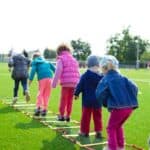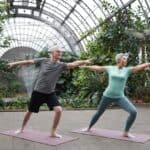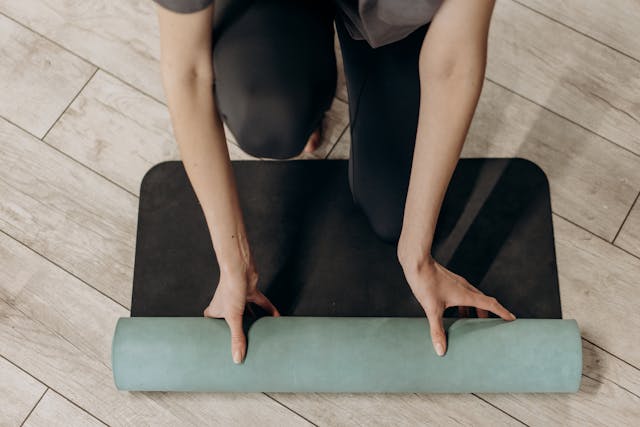
Cost-effectiveness of reducing children’s sedentary time and increasing physical activity at school: the Transform-Us! intervention
February 22, 2024
Impacts of physical activity, sedentary behaviour, and sleep on depression symptoms in Canadian older adults 65 years of age and above: a compositional data analysis of the Canadian Longitudinal Study on Aging
March 11, 2024A new publication entitled, “The influence of hospital and home environments on physical activity and sedentary behaviour: Perceptions of people recovering from fractures” was recently published in Injury. A full citation and summary are below.
ABSTRACT
Background
A lack of evidence exists contrasting the factors that influence physical activity and sedentary behaviour in both hospital and home settings before and after discharge from acute hospitalisation for fractures.Objective
To describe and compare perceptions of environmental influences on physical activity in hospital and home settings in people recovering from fractures.
Method
Semi-structured interviews were conducted with patients hospitalised following fractures (hip fracture or multi-trauma), exploring the barriers and enablers to physical activity within hospital and home settings. Interviews were conducted within two weeks of hospital discharge, audio recorded and transcribed prior to thematic analysis via a framework approach.
Results
Between December 2022 and May 2023, 12 semi-structured interviews were undertaken with an equal number of participants who sustained an isolated hip fracture or multi-trauma. The median (IQR) age of participants was 60 (52 to 68) years, with half being male, and the majority sustaining their injuries via transport crashes. Three main themes that influenced physical activity behaviours in hospital and home settings were: having the opportunity, having a reason, and having support and assistance to be active.
Conclusion
During the period of reduced physical capability following fracture, patients need to be provided with opportunities and motivation to be active, particularly within the hospital setting. Findings from this study will assist clinicians to better support people recovering from fractures via greater engagement in physical activity within hospital and home settings.
CITATION
Kirk, A.G., Kimmel, L.A., Pereira, J., & Ekegren, C. (2024). The influence of hospital and home environments on physical activity and sedentary behaviour: Perceptions of people recovering from fractures. Injury. https://doi.org/10.1016/j.injury.2024.111488.
Photo by Mikhail Nilov on pexels




